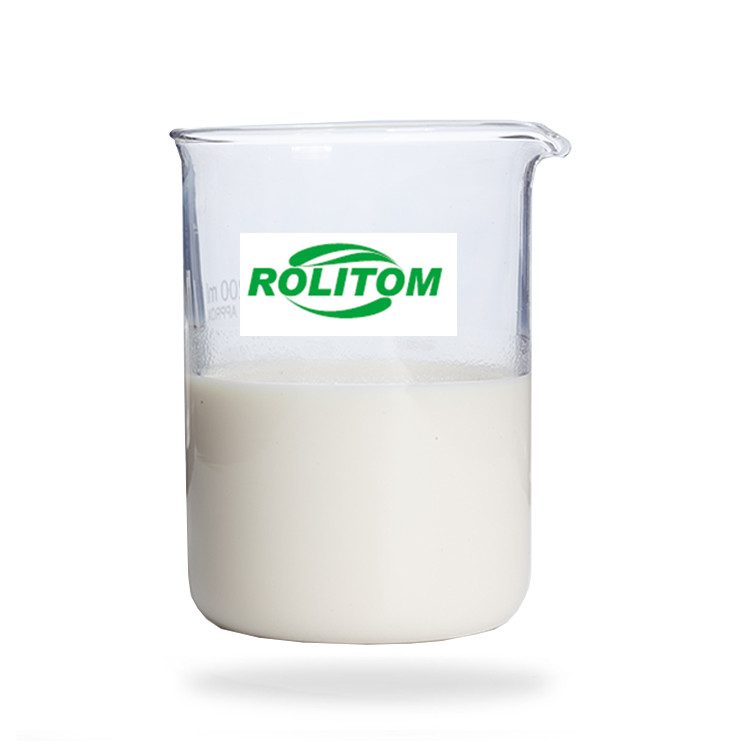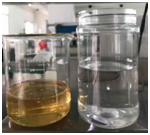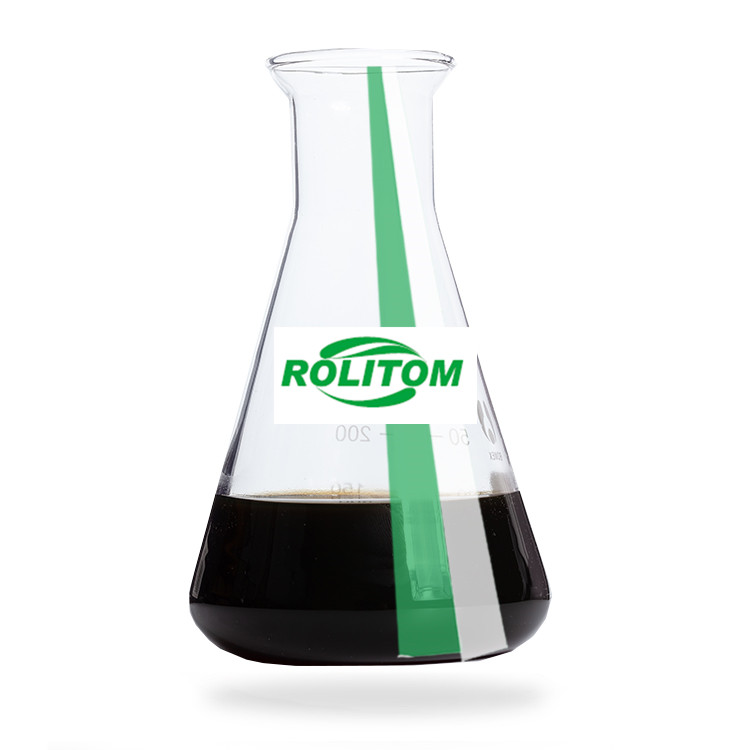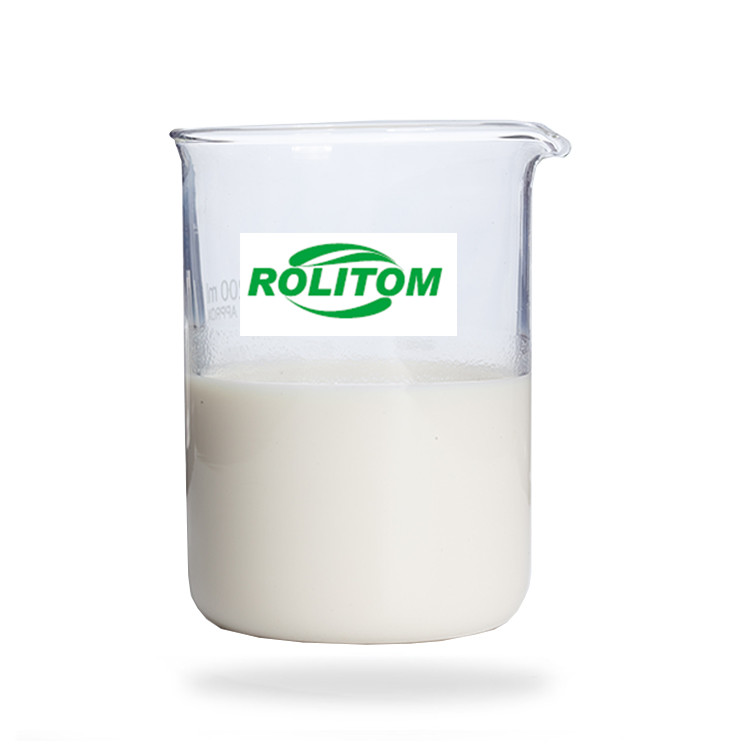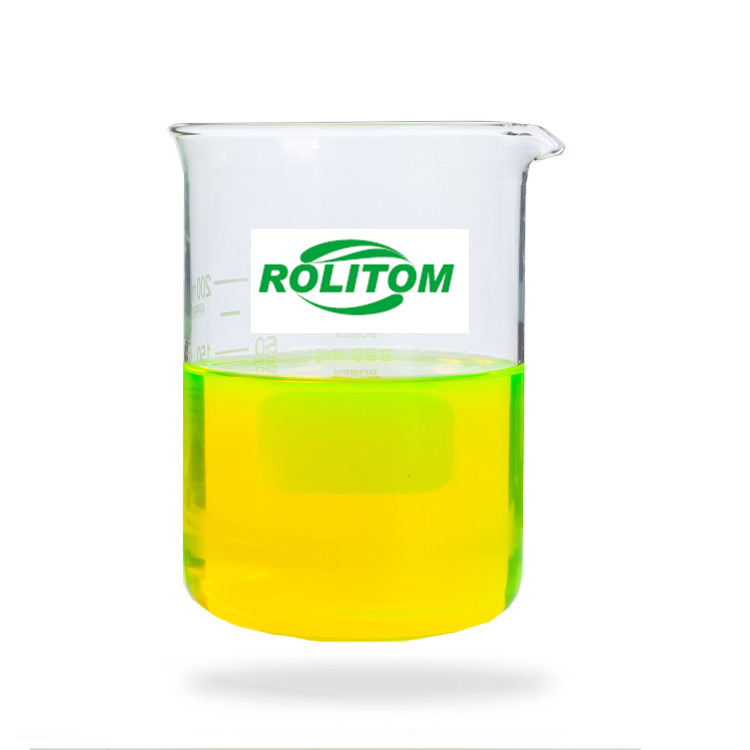A. Emulsion Cutting Fluid
Its main chemical components include water, base oils (mineral oils, vegetable oils, synthetic esters or mixtures), surfactants, anti-rust additives (zinc naphthenate, sodium petroleum sulfonate (also an emulsifier), barium petroleum sulfonate, benzotriazole, Sorbitol monooleate, aluminum stearate), extreme pressure additives (polar compounds containing sulfur, phosphorus, chlorine and other elements), friction modifiers (anti-friction agents or oil additives), antioxidants. The emulsion contains 50%-80% base oil, which can solve various problems in the processing of aluminum and its alloys (such as: chip bonding, tool wear, poor workpiece surface accuracy and surface contamination).
Recommended dilution ratio:
1. Light duty processing and grinding :4 to 6%
2. Medium load processing and grinding :6 to 8%
3. Heavy processing and grinding :8 to 12%
B. Semi synthetic cutting fluid
Semi synthetic cutting fluid is a kind of water-soluble cutting fluid which contains both mineral oil and chemical Synthetic Base Oil. Also called Microemulsion Cutting fluid. It is elaborately formulated with lubricating additives, rust inhibitors, non-ferrous metal corrosion inhibitors and foam inhibitors, free of heavy metals, sodium nitrite, phenols and other harmful substances, and can pass European standards. It belongs to a new environmentally friendly water-soluble cutting fluid and is suitable for traditional machine tools and flexible machining systems.
Suggested dilution ratio;
1. Light load machining and grinding: 3-5%
2. Medium and heavy load machining: 5-8%
3. High flow rate and machining center: 5%
4. Before using new liquid, clean the storage tank and pipelines, and circulate the working diluent mixed with this product before use.
When the tank liquid consumption needs to be replenished, add water and a corresponding amount of raw liquid in proportion.
6. The working fluid should be kept clean and impurities such as iron filings and floating oil should be promptly removed.
C. Fully Synthetic Cutting Fluid
Fully Synthetic Cutting Fluid does not contain mineral oil substances, and has many advantages such as long service life, cooling, cleaning and stability. Semi synthetic cutting fluid, due to the difficulty of adding oil soluble lubricating additives, has weak lubricity and poor actual production and processing effect .It is suitable for medium and high load cutting, drilling, grinding and processing of various cast iron, carbon steel, mold steel, stainless steel, and non-metallic materials, such as bakelite/plastic, and non-ferrous copper alloys.
It is recommended to use a water ratio of 1:10-1:20 (the specific concentration depends on the operating conditions, and generally the higher the concentration, the better the lubrication and rust resistance).
The difference between semi synthetic cutting fluid and total synthetic cutting fluid is as follows:
1.The lubrication performance of semi synthetic cutting fluid is relatively poor, and the machining effect is poor.
2.Semi synthetic cutting fluid should be better than full synthetic cutting fluid in dimensional accuracy and product finish. It is not as good as full synthetic cutting fluid in anti rust treatment, chip removal and chip settling capacity. Both of these two properties are better in environmental sanitation, and they can be pollution-free.
3.Semi synthetic cutting fluid is not easy to appear foam, but a bubble is difficult to solve, and the total synthetic cutting fluid is more prone to foam, and foam is easier to deal with. In case of leakage of lubricating oil, the fully synthetic cutting fluid is relatively easy to clean, while the semi synthetic cutting fluid will reduce the efficiency and emulsification.
4.The lubricity of semi synthetic cutting fluid is better than that of fully synthetic cutting fluid, while the adaptability of fully synthetic cutting fluid to water quality is better than that of semi synthetic cutting fluid. In fact, if it is a good semi synthetic or a good full synthetic cutting fluid, there is not a big gap between them.


